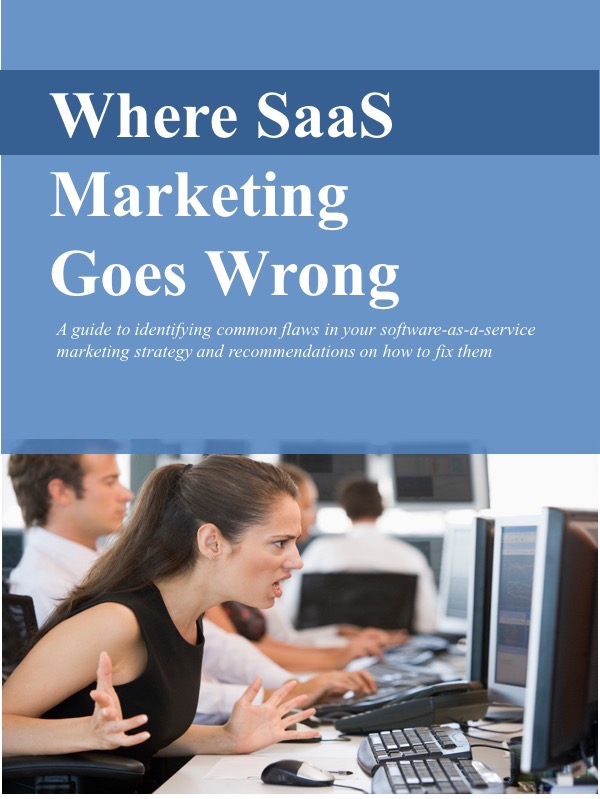Bad customers can kill your SaaS business
/Everybody’s got a story about bad customers. In case you can’t get your fill, a Google search on “customers from hell” fetched 33,100,000 results.
These customers can be infuriating, frustrating, and just plain rude.
But if you’re a software-as-a-service (SaaS) company, bad customers can be much worse than that. They can be downright dangerous.
No way to recover your costs
For one thing, these bad customers are likely to cost you money, not make you money.
They may be more difficult right from the start, so they’ll cost you a lot of extra sales time and resources to close them. They’ll ask for yet another demo, another extension on the free trial, another presentation, another reference, another something or other that will tie up your team.
But soon after the extra effort to finally close the deal, many of these difficult customers will find they’re really not satisfied with the solution. For whatever reason – functionality, support, price, etc. – they’ll drop their subscription.
And they’ll drop it way too soon for you to recover your higher acquisition costs. If you paid $1000 to win them, and they only stuck around to pay $100 in subscription fees… well, that’s not a formula for SaaS success.
Drag you away from a standard product
The other dangerous thing bad customers will do is to drag you away from a single, standard SaaS solution.
- They’ll ask for additional features that may not be on your product development roadmap.
- They’ll ask for special support terms.
- They’ll ask for non-standard deployment efforts.
That’s not how SaaS works… or at least not how it works successfully. You need to develop, market, sell, and support a relatively standard solution.
There’s no problem configuring the solution to fit a particular customer. But “customization,” altering the core product and practices, is a bad word in the SaaS world.
Deviating from the standard means problems and extra costs for development, marketing, sales, deployment, training, and support.
Avoiding bad customers
I wish could provide a surefire way to avoid bad customers entirely. Sorry, no can do.
But I will offer a couple recommendations that should help.
Be clear in your message. You should make it as plain as possible who your solution is for and what problem it solves. Prospects should have a crystal-clear understanding of how you can help… or not.
And the more consistently and plainly you can convey this, the less likely the “wrong” prospect will want to engage with you.
Identify the outliers early on. The earlier in the sales process you’re able to identify people that won’t be a good fit for your solution, the better. However it is that you assess prospects – web forms, phone calls, in-person meetings, etc. – have your radar tuned to those that fall outside your target market.
Of course, you’re most eager to find areas where you can help the prospect and eventually sell them something. But it’s just as important to quickly recognize those you can’t help.
Those that aren’t a good fit just aren’t worth pursuing.
